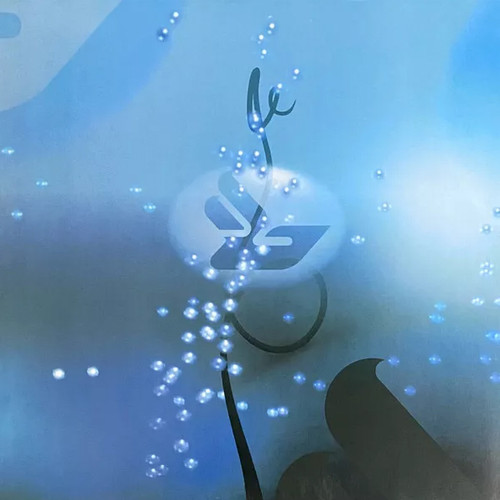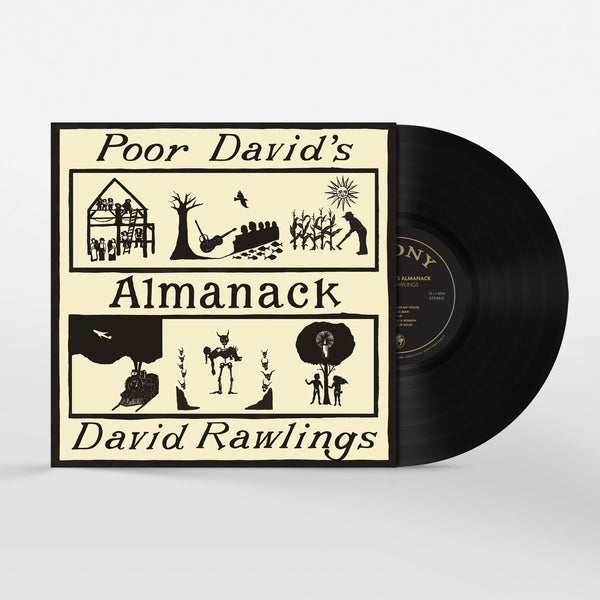yukbon
Well-Known Member
before soundscan those genres were not on top ten lists in any numbers that really counted -- your mega stars like that achy breaky dickhead, sure but the rest of the ecosystem that showed that there was a serious appetite in the US for that music was very much misrepresented and not at all in the public consciousness; same w/ rap and hip hop -- gangsta rap gets on the news with congress scapegoating them about the decline of western civilization or whatever, but the rest of the spectrum was essentially invisible and not at all on the air or in the media. That's why music that today is considered foundational, classics -- not just gangsta stuff, but diverse and sorta out there stuff like 3 ft high and rising or low end theory -- was at the time essentially invisible if you weren't already a fan.I’m confused. How do you think soundscan proved country and hip hop moved records? Those records were sold before too? All soundscan did was create a mechanism to account for what left the door versus what sat on the shelf.
This isn't conjecture on my part, btw, there's hard data on this: How SoundScan Changed Everything We Knew About Popular Music
Next SoundScan revelation: Hard rock and heavy metal were way more popular than anybody thought. Same deal with alternative rock, R&B, and most vitally, rap and country. In June 1991, N.W.A’s second album, Efil4zaggin, hit no. 1 after debuting at no. 2 the previous week. That September, Garth Brooks’s third album, the eventually 14-times-platinum Ropin’ the Wind, debuted at no. 1, the week after Metallica’s eventually 16-times-platinum self-titled Black Album debuted there. In early January 1992, Nirvana’s Nevermind, released in September ’91, replaced MJ’s Dangerous in the no. 1 spot, a generational bellwether described at the time by Billboard itself as an “astonishing palace coup.”




